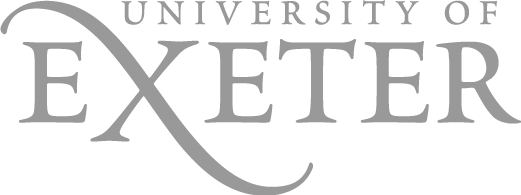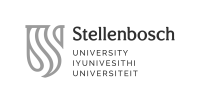F2019 Creative Coding / Computational Art
Professors
Schedule
Programming is a crucial 21st century literacy, but one that is imagined almost exclusively in purely functional and instrumental terms: write a program that does “X” efficiently. Alongside this approach to computation, however, there is a growing community of artists who use the language of code as their medium. Their work includes everything from algorithmic art to elaborate sensor-based interactive installations. Recent advances in machine learning are beginning to prompt questions about the nature of creativity itself: Is art-making an exclusively human activity? Can a computer be creative, an artist?
This course introduces the art of creative coding, an approach to computation that aims to create something expressive instead of something functional.
Students will learn the fundamentals of computer programming in a language such as Python or Javascript to create audiovisual and interactive works of art. Coursework will follow several paths in parallel:
• Student presentations on and critique of the work of contemporary computational artists (such as Casey Reas, Toni Mitjanit, Yogo Nakamura, etc), as well as of creative code’s “analog antecedents” (such as Sol LeWitt, Sonia Landy Sheridan, Manfred Mohr, etc.);
• Mini-lectures and discussion on the fundamentals and best practices of multimedia design and interactivity; and
• Hands-on programming exercises that introduce key concepts in computation, such as variables, iteration/loops, functions, classes, and objects, which challenging students to experiment with code as a medium of artistic expression. The output of these exercises will be multimodal: text and images, motion graphics, soundscapes, and interactive prototypes.
• Exploratory probes and demonstrations of more advanced topics in computational media art: network communication protocols, augmented and virtual reality, computer vision, and machine learning.
These threads will be knitted together as individual students conceptualize, plan, iterate, and implement their own creative coding artistic work.
The course will culminate in an exhibition of student work in VIU’s Mac Lab.
No prior programming experience is necessary.


















